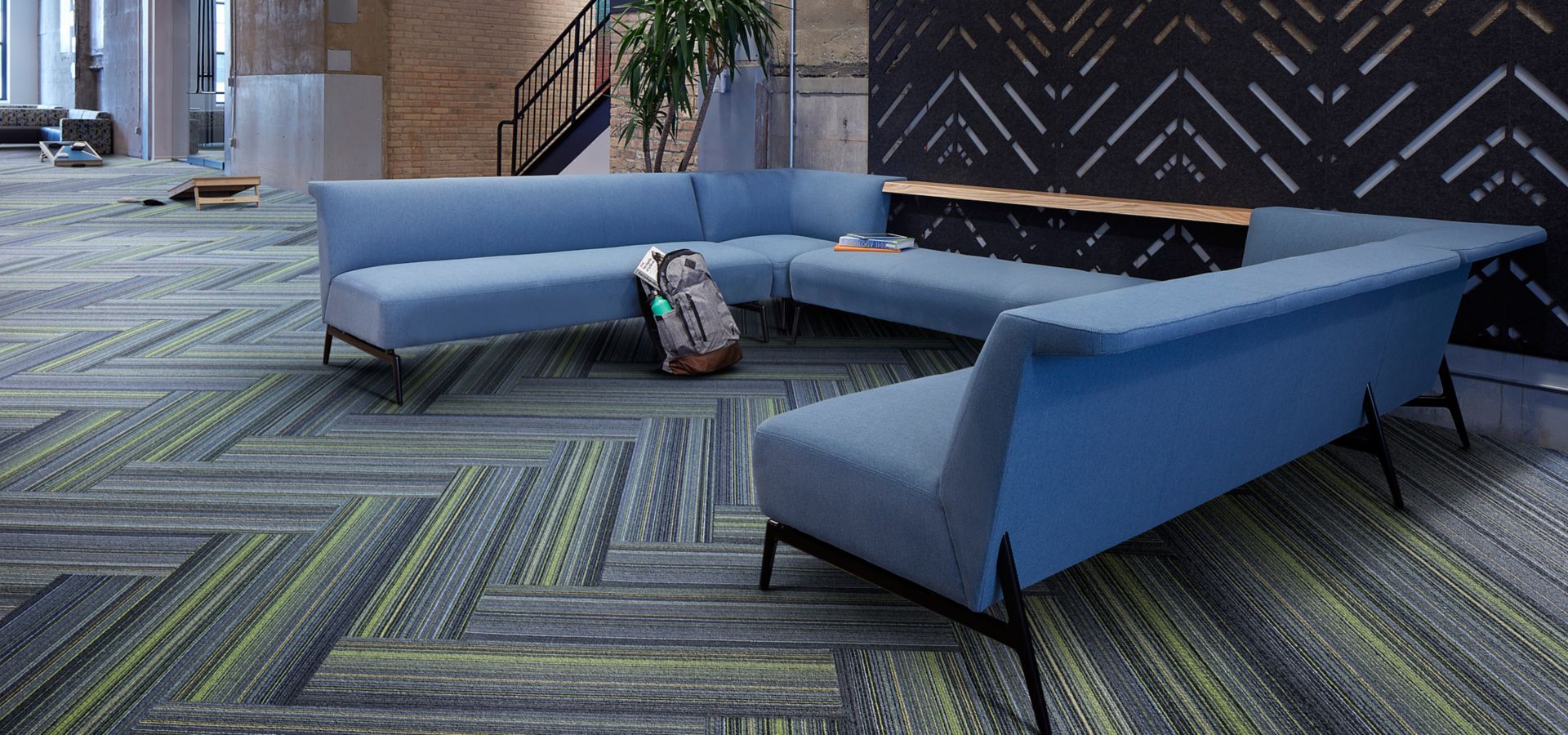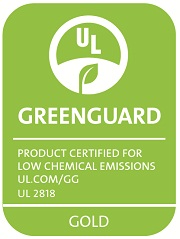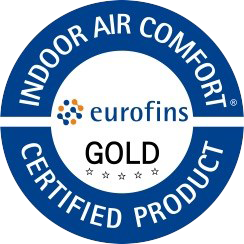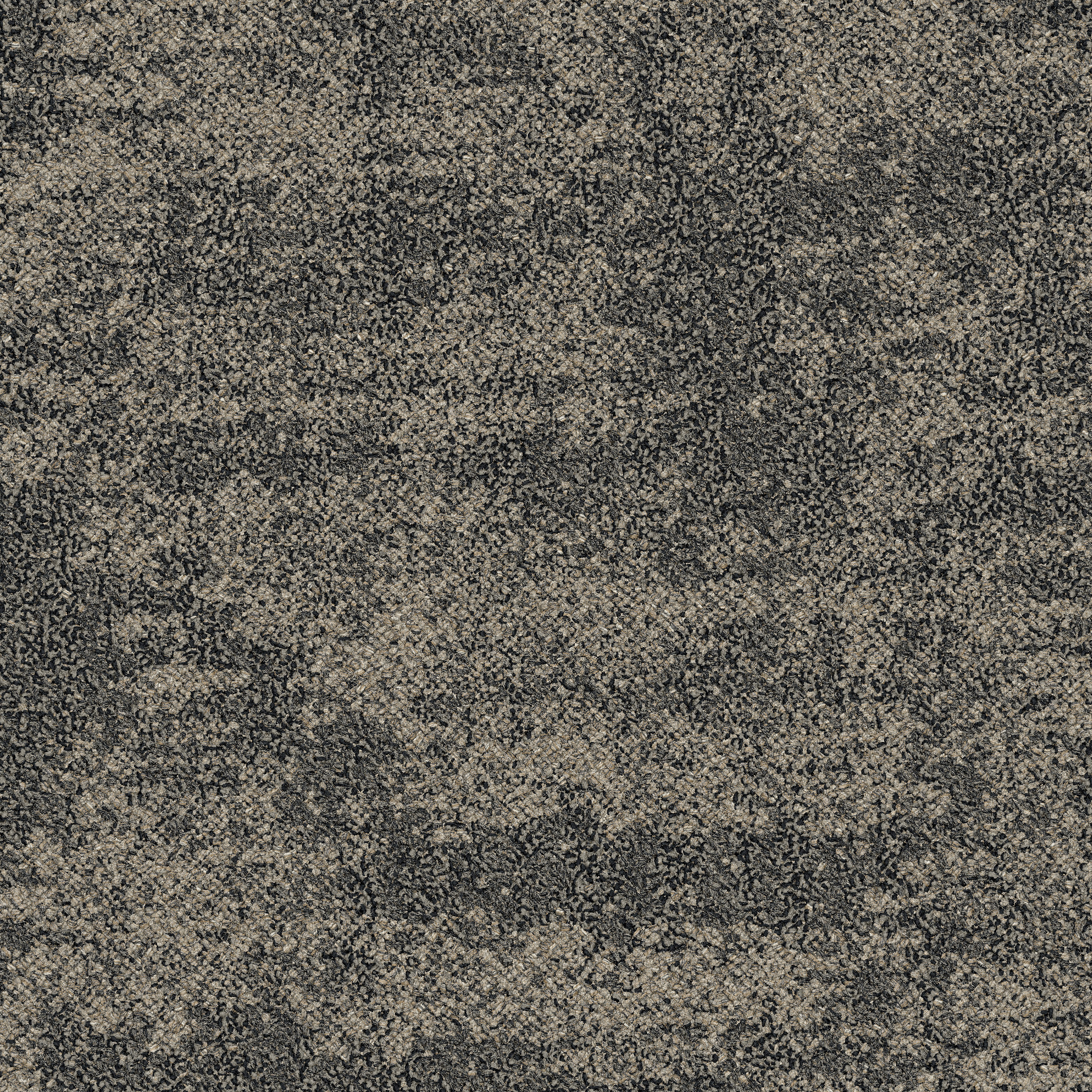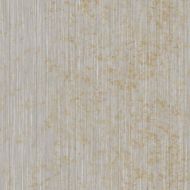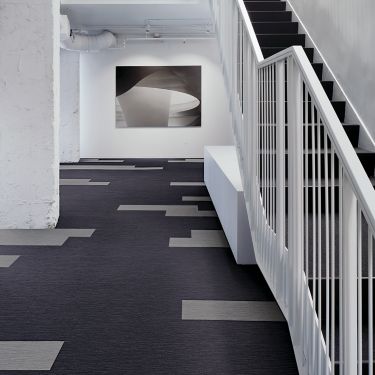
WHAT AFFECTS INDOOR AIR QUALITY
Studies have shown that people spend up to 90% of the day indoors. As a result, indoor pollution levels can be 100 times higher than outdoor levels.
The dust in offices is made up of particles from various sources, including soil, pollen, hair, clothing fibers and dead skin cells. When someone inhales, dust in the air enters the nose, at which point most of the larger particles (bigger than 10 micrometers in diameter) are filtered or expelled by sneezing.
However, some smaller particles (typically between 2.5 and 10 micrometers, referred to as PM10 particles) always make their way into the windpipe and airways.

BREATHE BETTER WITH EVERY STEP
Flooring should do more—starting with the air you breathe.
Our carpet tiles and entryway systems, like Step Repeat, help trap fine dust and particles at the door, reducing airborne pollutants throughout your space. Combined with low-VOC adhesives and materials, they actively support healthier indoor environments.
Interface carpet tile, LVT and adhesives are third-party certified for low VOC emissions in compliance with the California Department of Public Health (CDPH) 01350 Standard. This is the standard used by certifications like Green Label Plus, GREENGUARD Gold and FloorScore, and it’s accepted by green building rating systems like LEED and WELL.

CLEANER AIR
HEALTHIER SPACES
nora rubber flooring takes it further. Naturally non-porous it resists dirt and bacteria without off-gassing. Plus, it contains no PVC, halogenated polymers, or phthalate plasticisers—making it a smart choice for spaces where air quality matters most.
All our products meet the highest standards for indoor air quality:
- Low VOC emissions
- A+ and GUT certifications
- Eurofins Indoor Air Comfort Gold (including LVT)
